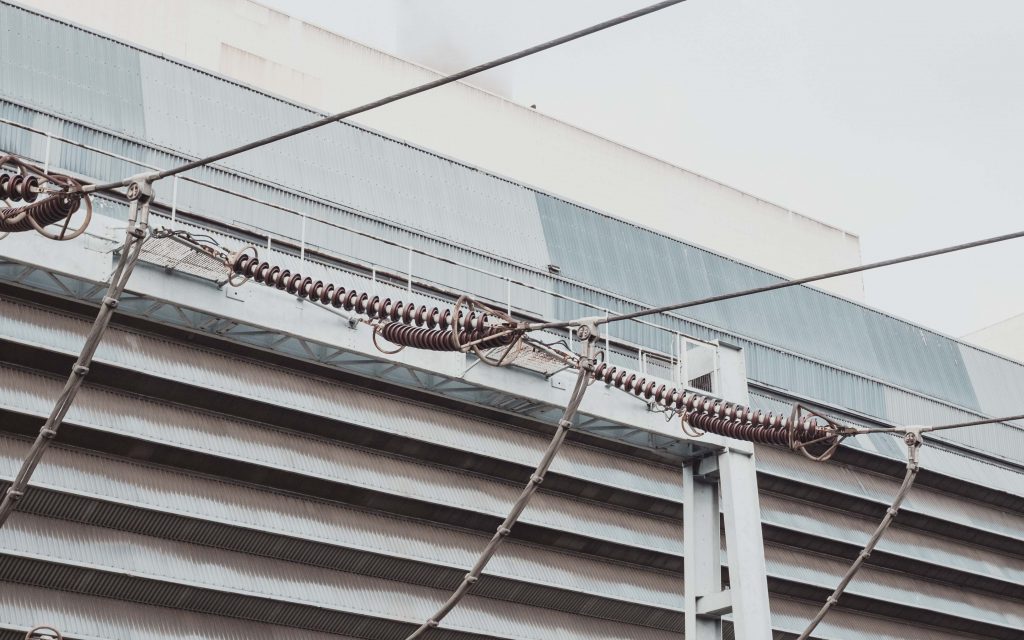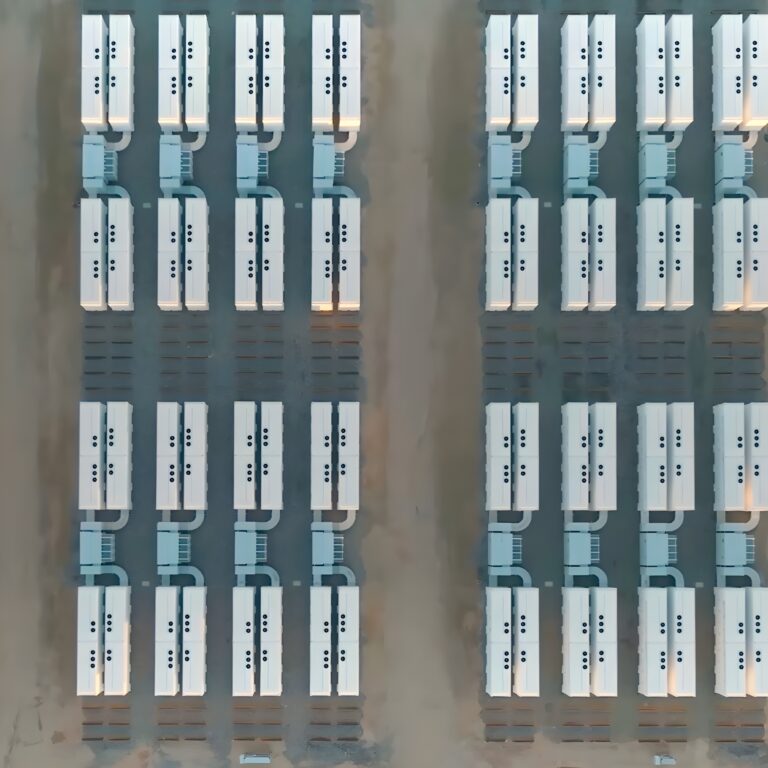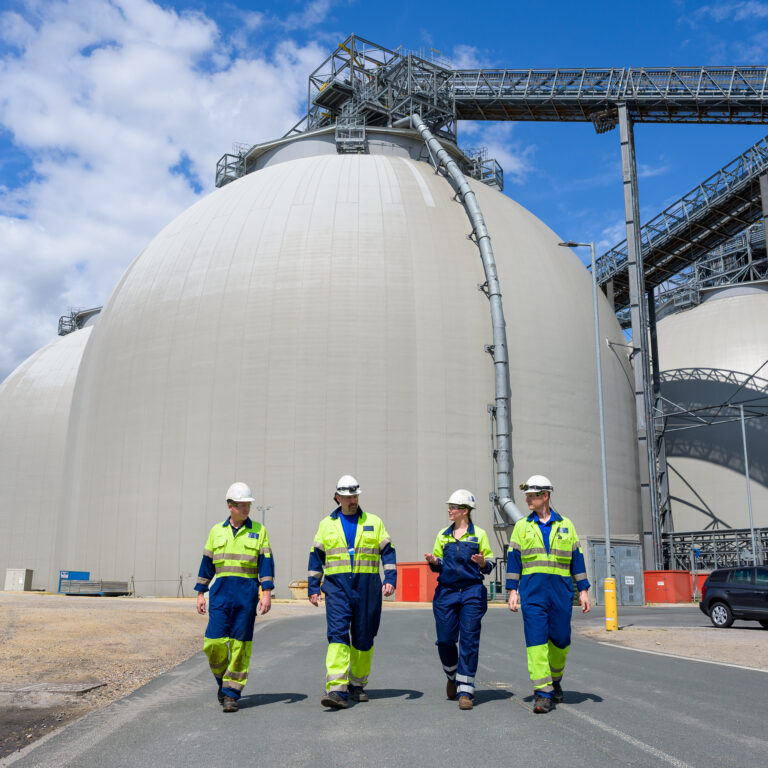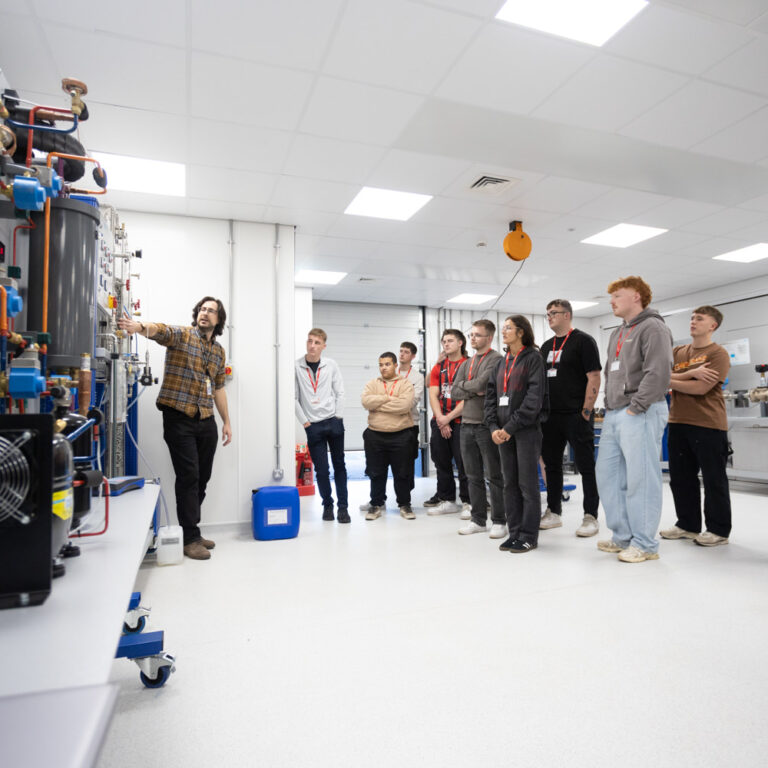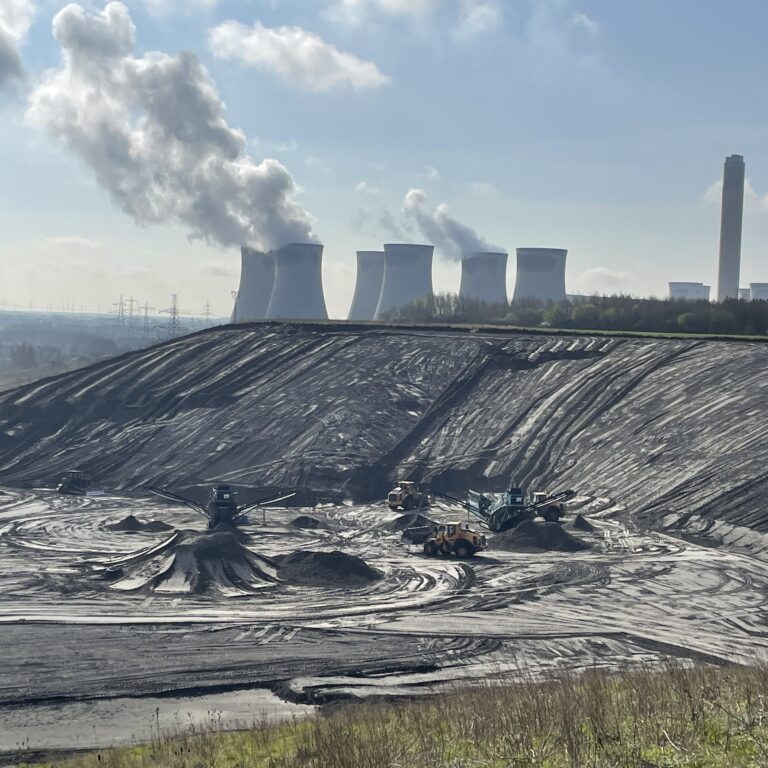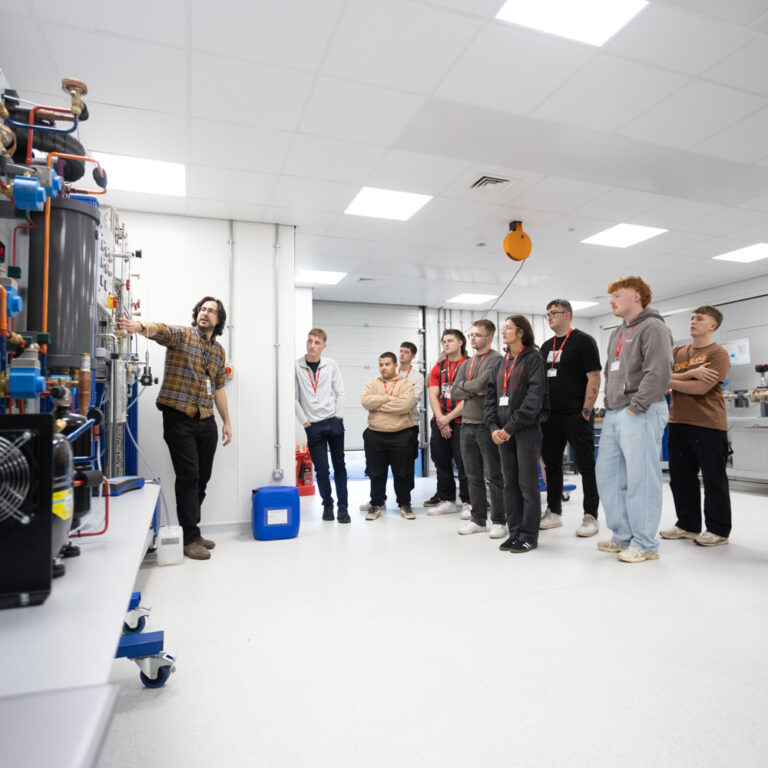A series of unassuming cables extend out of the turbine hall at Drax Power Station. They’re easily missed, but these few inches of copper play an instrumental role in powering your home. Surging through each one is enough electricity to power a city.
But the process of getting electricity from power station to plug isn’t as simple as connecting one wire to a live turbine and another to your iPhone charger. We need an entire network of power stations, cables and transformers.
Linking the network
When the country first became electrified it did so in stages. Each region of the UK was powered by its own self-contained power supply. That changed in 1926 when the UK set up the Central Electricity Board and began what was at the time the biggest construction project Britain had ever seen: the national grid
The project took 100,000 men and five years to complete and when it was finished it connected 122 of the country’s most efficient power stations via 4,000 miles of overhead cabling. It had a sizeable effect. In 1920 there were roughly 750,000 electricity consumers; by 1938 that had risen to 9 million.
The grid has changed in the 80 years that’s passed, but it remains the network that transfers power across the country to where it’s needed, whenever it’s needed.
“The strange thing about electricity is that you could live 10 miles from a power station and you can’t be sure the electricity you’re using is coming from that station,” says Callan Masters, an engineer with National Grid whose job it is to maintain and upgrade the network. “The whole system works together – the whole system has a demand and the whole system has to deliver it.”
And to do this, the network has to be able to deliver electricity quickly and efficiently. Masters explains: “It acts like a motorway for power.”
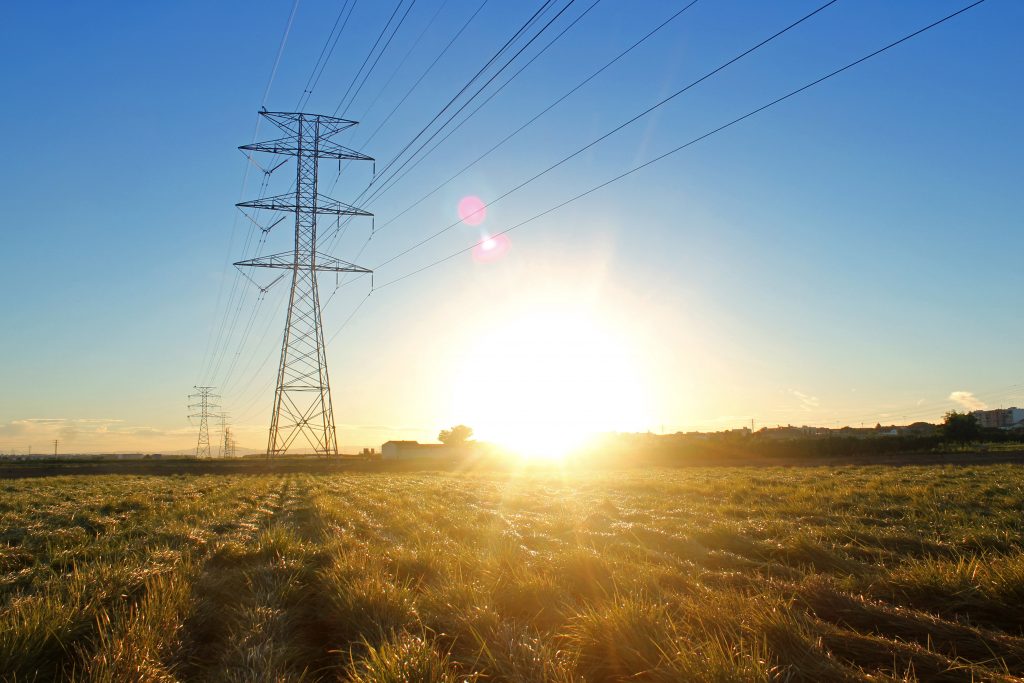
Riding the motorway for power
The process of transporting electricity involves a series of stages, the first of which is ‘stepping up’ the voltage.
When electricity is transported via cables or wires it loses some of its energy as heat. Think of a lightbulb – as it illuminates it heats up because it’s losing energy. The lower the current of that electricity, however, the less energy is lost. So to reduce these losses when transporting power, National Grid transmits electricity at low currents, which it can do by increasing its voltage.
At the power station electricity is generated at 23,500 volts and is then ‘stepped up’ to 400,000 volts by a transformer. The first of these is located on a substation on site at the power station.
Once stepped up, the electricity is transported through high transmission cables – before being ‘stepped down’ via a transformer on the other end. This stepped down electricity is passed onto a regional distribution system, such as the overhead cables you might find on top of wooden poles before being stepped down a final time. “That’s the role of a little transformer at the end of your street,” Masters explains. Finally, the electricity is transported via a final cable into your home – this time at 230 volts.
All this needs to happen incredibly quickly. As thousands of kettles are switched on to herald the end of EastEnders, the demand of electricity surges. Delivering that electricity at the touch of a button relies on a complex network, but it starts with those inconspicuous few inches of copper at the power station.







